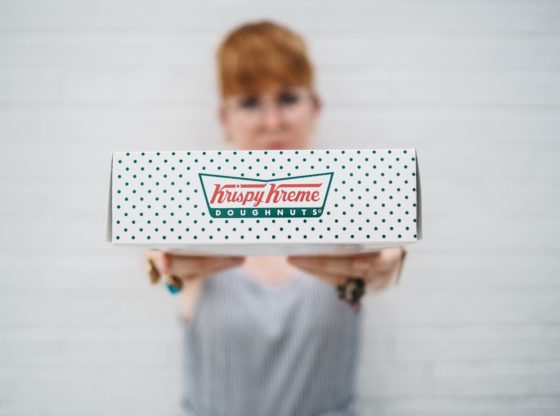How can you tell if your brand is working for you? And what does the concept of “working” even entail? One of the problems of branding is that it’s tough to fully assess ROI. How do you know if an increase in sales has to do with a logo design? Can focus groups assess if your logo is communicating the correct message? And what about the most important part of a logo, its position as the face of your company and symbol of quality and consumer loyalty?
The question of how your logo tells the right story is something that requires more data than just sales metrics or survey results.
The study below took 8,000 consumers and tested their recollection of the logos of iconic brands. The results might shock you a bit. When faced with a lineup of variations on some of the most popular brands in the United States, more than 60 percent of Americans could not identify the correct one. The changes of the imposters included color, font, design, and taglines. Consumers were fooled and the data was relatively pervasive (with some variance) across age and gender lines.
What are the takeaways from this study if you are considering rebranding or starting a brand effort from scratch?
1. No need to micromanage tiny details. While you want your logo to be the perfect expression of your company, it can be a temptation to overthink. If you have a main image, the other details are slightly fungible. Design work is expensive and the more you putter with the art, the costlier it becomes.
2. Don’t fear change. It is said that ‘consistency is the hobgoblin of little minds’ but in logo rebranding, the fear of change (and famously epic brand failures), as well as costs associated with implementation, keep company brands stagnant. If this study is any indication, consumers can usually roll with some elements of updates without losing their loyalty. Don’t hold on to an outdated logo out of fear that customers will no longer recognize your product. If you feel you need to update a bit do it without worry.
3. Pick a major idea and stick with it. While small changes were enough to throw people off the real logo, another lesson of this study is that no matter what the changes are, people identified with the most relevant part of the logo. Take the mermaid that lives on the Chicken of The Sea packaging. While the brand felt comfortable updating her look, the company didn’t get rid of her completely because they assessed that consumers identified the brand with “Catalina” since her unveiling in 1952. Small updates seem to catch on better with consumers than trying on a whole new look — take New Coke, for example.
Here are a few other tips to consider when it comes to logo design:
- Colors: A five color logo may look lovely on your digital collateral, but printing it will cost significantly more than a two color piece. Remember the logo goes on everything.
- See what works: Take a look at your most successful competitors, what is it about their logo that tells their story?
- What makes you different?: Be unique, you wouldn’t want to get your product confused with another brand.
This logo study is an interesting look into where American consumers are fickle and where they are remarkably consistent. The overall lesson seems to be that gradual and small updates over time, rather than radical redesigns, are the best way to make sure your logo stays successful.
Keilah Keiser is a Content Marketing Specialist based in San Diego. With a background in small business marketing and writing, she specializes in developing and promoting content that drives growth for her clients.
